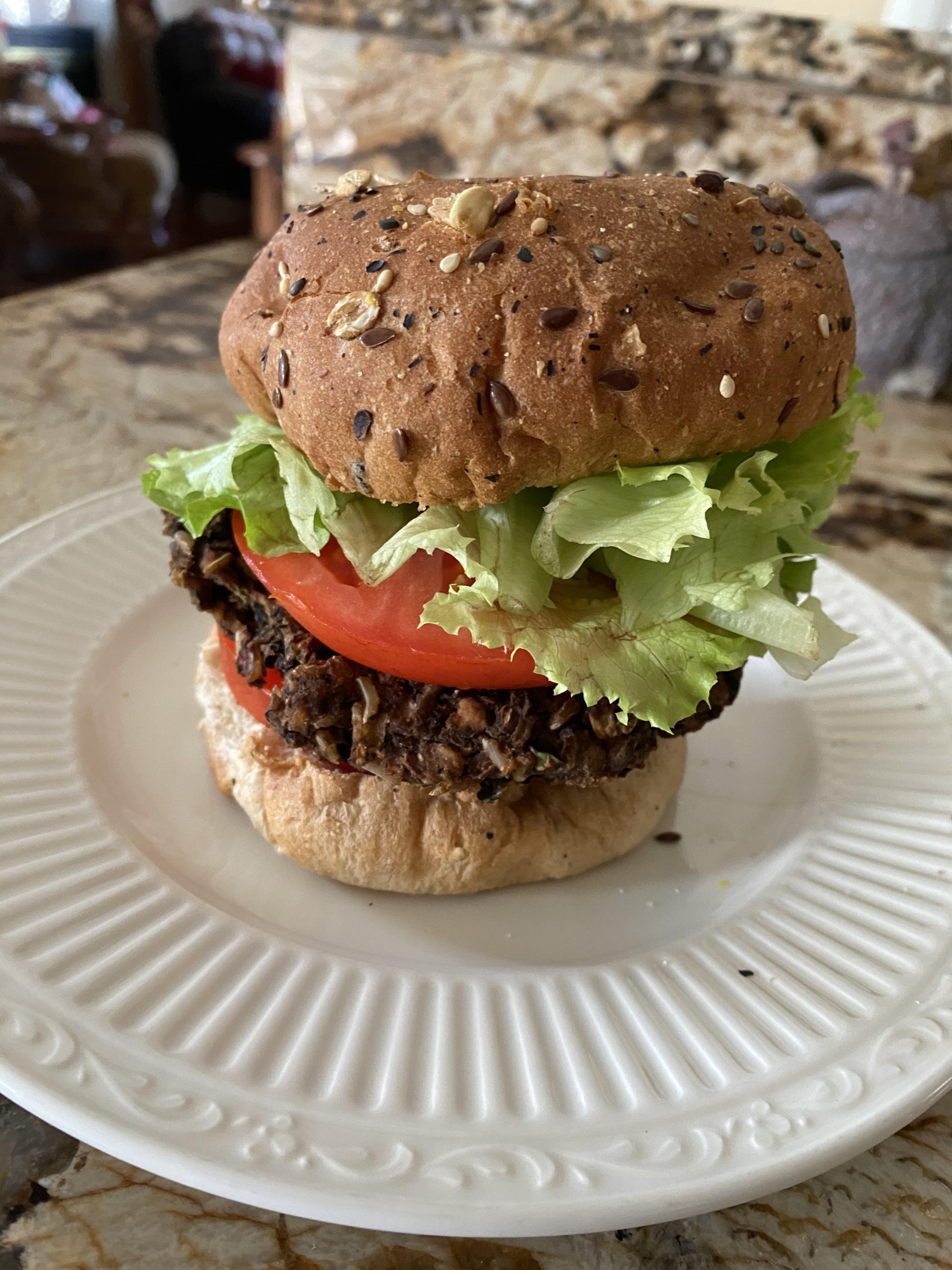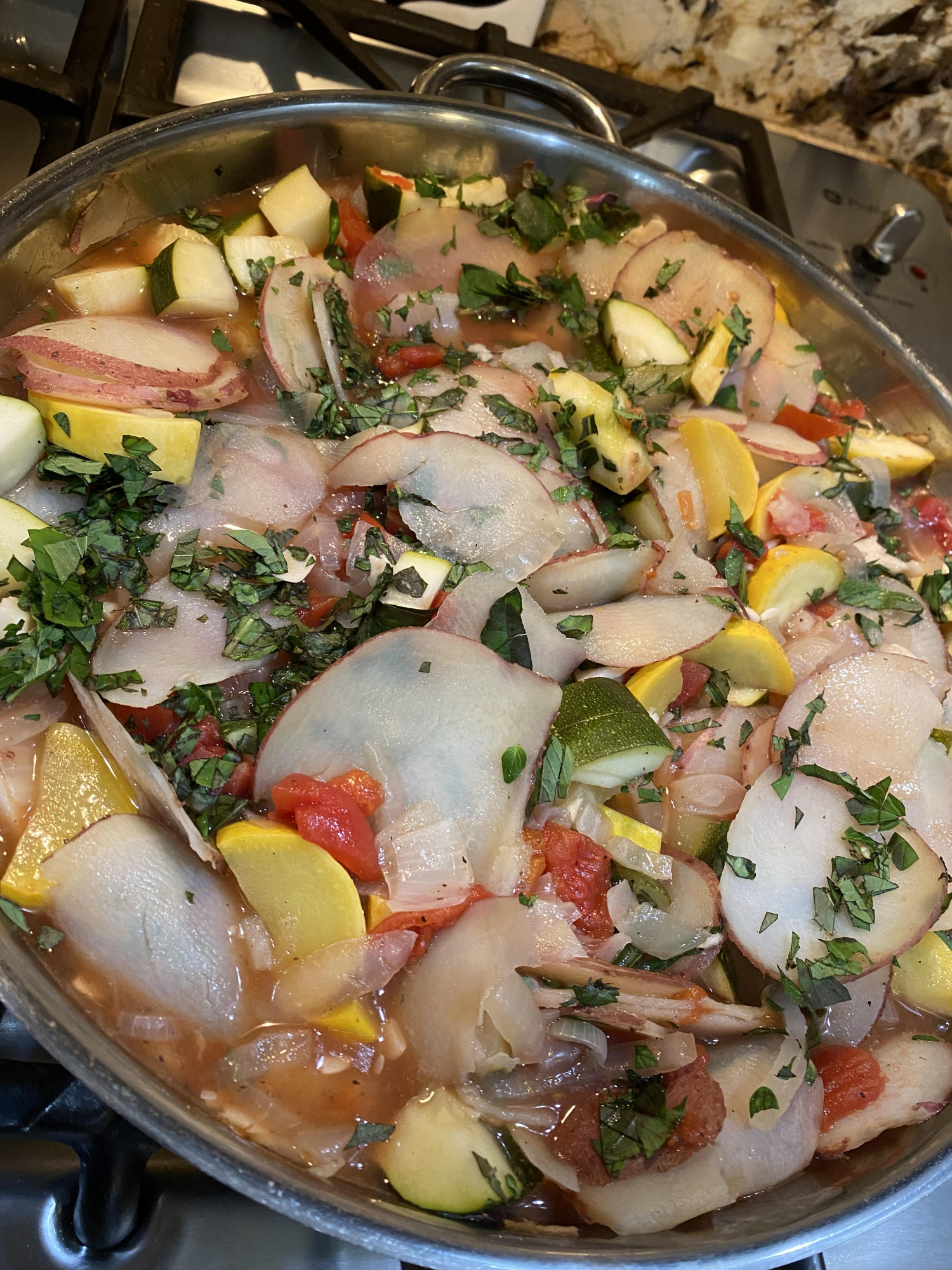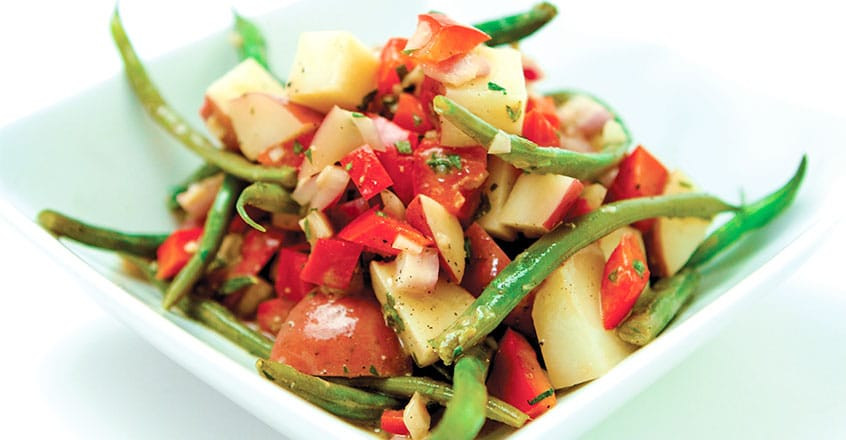
 The Scoop on Vitamin D
The Scoop on Vitamin DWe need it, but what is the best way to get it? First things first, it is not a "vitamin", it is a hormone. Let's explore:
• Vitamin: Something the body needs but cannot produce. Must be procured from external sources (ideally food).
• Hormone: Something made by the body in one place that carries instructions needed in another, or several other places.
Fun Facts about Vitamins:
• There are 13 for humans
• 4 are fat-soluble
• 9 are water-soluble
Fun Facts about Hormones:
• There are about 50
• Produced in endocrine glands and tissues
• Some fat soluble, some water-soluble
Science about the D family:
• It’s a fat-soluble*, secosteroid (seco…steroid)
• The biologically active form is called calcitriol:
• 1,25-dihydroxycholecalciferol
* Means we can’t readily excrete excess
So, if D is a hormone, how is it produced in the body? It starts in the lower layers of the epidermis. When the sun meets our skin, UVB rays convert readily available 7-dehydrocholesterol into Vitamin D3. Then it’s off to the liver and the kidneys for “activating” (turned into 1,25-dihydroxycholecalciferol)
How much is enough?
Low D, first and foremost, is a sign you are not getting enough sun, not that you need to rush off to the pharmacy.
D is measured in I.U. (international units) when getting it from external sources. It's always good to keep daily intake under 4000 IUs.
Serum blood level tests, 25 (OH)D, (the OH stands for hydroxy), are known to be inaccurate. Different testing companies have different levels of what they call normal.
The minimum target is 20 ng/ml (nanograms per milliliter), The happy medium is 30 ng/ml. There is no additional benefit above this.
We can't overdose from sun exposure, although we could burn and that's not good either. Getting 10-20 minutes of sun around noon-ish, twice a week, will do. Darker skin colors require 3 to 10 times more. Sunscreens with harmful chemicals can cause collateral damage. If you are planning to stay in the sun longer, physical blocks are better. Think hats, sunglasses, rash guards, zinc or titanium oxide. And if you are worried about living in the northern climates with no sunshine in the winter, know that the D hormone produced in the body by the sun is stored in the liver and our fat cells. When our body needs it, it calls for it and activates it!
Taking too much of a Vitamin D supplement can cause nausea, vomiting, weakness, insomnia, nervousness, and more. Overdose of Vitamin D supplements can cause kidney damage. It can also increase the risk of cancer, heart disease, prostate cancer in men, and higher LDL cholesterol.
What are the benefits from getting our Vitamin D from the sun? It builds strong bones through managing your calcium levels, helps manage levels of magnesium and phosphate, has a role in cancer prevention, enhances immune system performance, enhances bone absorption of minerals, promotes healthy cellular growth, and reduces inflammation.
Remember, there are NO super foods or super supplements. Your Vitamin D level is low as a result of illness or not enough sunshine. Get your Vitamin D from the Sun, not tanning salons. It also naturally occurs in salmon, mushrooms, sardines and breast milk.
Supplementation should be the last resort. Our bodies are elaborately set up via highly sensitive biological systems to produce the exact right amount of Vitamin D we need at every moment. Fortified foods and pills have a one size fits all system with fixed dosages designed to provide too much or too little. And remember, Vitamin D is not water soluble, so if you ingest too much the body cannot readily correct via excretion the way that B vitamins and Vitamin C get excreted because they are water soluble. Our "cleansing organs" must purge us of something (excess Vitamin D in a synthesized hormone form) that we were never designed to get rid of. That puts undue stress and strain on them.
The vitamin supplement industry is highly monetized and "pharmaceutical-ized". The 2022 market for Vitamin D was $1.34 billion dollars. Marketers have taken advantage of bad diet and lifestyle habits and contributed to making us think that a handful of supplements a day will make us feel better.
Sitting in the sun is not bad. Research shows that women who avoid the sun have shorter lives. Avoiding the sun has similar risk factors as smoking. Sunshine deficiency may also contribute to decrease in insulin's responsiveness, Mutiple Sclerosis, and cardiovascular disease.
So, there you have it. I am sure that a lot of you have been told by your doctor that you NEED to take a supplement. This is not defensible with science, but the decision is always yours, once you know all the facts. The bottom line is to be an informed consumer!
Liz Fattore
Nurture Your Health
Licensed Food Over Medicine Professional
The objective of Nurture Your Health is to learn how to remain or become a healthy person, rather than to remain or become a sick patient. Most people do not pay attention to their health until they are sick. It is important to prioritize learning about health and investing time and resources in adopting the right diet, engaging in the right exercise, and paying attention to other factors that lead to optimal health. Make learning about health interesting and fun. Use this information to take control of your health and make better and informed decisions about what you eat, which lifestyle choices you make, and the medical care you receive.
This information is not a substitute for medical advice.


I talk often about forming and maintaining healthy lifestyle habits. This topic seems to cause anxiety because we find it difficult to find a place to start. These anxious thoughts make us feel out of control. We want the quick solution, but we know that there aren't any shortcuts.
We want solutions, but what we really need are attitudes. You don't need an easier life, but rather an attitude of perseverance. 1
Attitude precedes outcome. And attitude equals mindset.
I read recently that everything you do in life either lifts you up or tears you down. There are always things to be torn down and discarded, but your life is a treasure to be valued and protected.2 Yes, we have busy lives, which makes it all the more important to schedule in rest. I am not referring to falling into bed at night and passing out, exhausted. And it certainly is not laying on the sofa with the TV on and scrolling Facebook or Instagram.
I attended a sweet time of prayer this week and heard that rest is not inactive-it is a deep sweet restfulness of the soul. Depending on your family obligations, it can be anywhere from 3 hours a week, a day a week, two days a month, even a day a month. The important thing is to schedule it for yourself, just like you do your hair appointment. Persevere and protect this time for yourself until it becomes a habit.
Forming a healthy habit requires motivation for the outcome and motivation for the effort to achieve the outcome. Focus on the payoff. For example, getting up every day to go to work is a habit. The payoff is that you become known as a dependable person, you earn recognition, and you collect a paycheck. This is a good habit! And even when you don't have the motivation on a particular day to go to work, the habit is a default decision that serves you well.
Manipulate your environment to serve your habit. Schedule it into your planner so that eventually everyone knows that the 2nd Saturday of the month is mom's/dad's time to go for a long hike, read a book in a park, sit somewhere to journal, sit in a church to pray, or all of the above! Remember that good habits are formed the same way that bad habits are formed: repetition! Having scheduled, healthy, repetitions in your life is a good way to relieve the anxieties of day-to-day life. Having this healthy flow of the day-to-day helps equip you when life throws you a curveball because you will be more resilient. You will have the ability to bounce back because you remember how your healthy habits made you feel better. This applies not only to rest days but also to eating and exercise.
Teaching the Forming Healthy Habits class helps me stay on track as well. It's a daily practice!
Click on the below link if you need inspiration on dealing with anxiety.
Liz Fattore
Nurture Your Health
Licensed Food Over Medicine Professional
1. James Clear
2. Marsha Burns
Bean Burger

Batch cooking bean burgers is a great way of having a quick meal from the freezer. Pictured is my burger on a Dave's Killer Bread bun, with lettuce, tomato and mustard. Sometimes I use the Seedtastic bread from Aldi's or a whole wheat pita.
The key to making the burger is getting it to a consistency like ground meat so that it does not fall apart after baking. You can use any type of beans and seasonings that you like. If adding vegetables, which I recommend, use a low water vegetable like kale or broccoli. Spinach or Swiss chard will make it watery. The more veggies you put, the more of a powerhouse of a burger!
Having a food processor for pulsing the beans and vegetables is a bonus and makes the prep quicker and easier.
Ingredients:
2 cans beans drained (I like a combo of pinto, black or garbanzo)
1 bunch kale or broccoli
1 small carton mushrooms (optional)
1 small onion
3-4 cloves of garlic
2 cups cooked rice or quinoa, cooled
1-1/2 cups oat flour, chickpea flour or corn meal (or combo, or sub oatmeal)
2 tablespoons Dijon mustard
Spices: salt, pepper, cumin, turmeric
Instructions:
Pulse beans in food processor or smash with potato masher and place in large bowl. Pulse or chop all vegetables. Add remaining ingredients and knead together with your hands. Start adding the flour until you get a firm consistency. Place bowl in the refrigerator for about 2 hours. This makes your mixture easier to handle. Preheat oven to 400 degrees. Scoop out mixture using a 1/2 or 2/3 cup measuring cup, depending on how big you want your burger. Form burger and place on a large, parchment lined cookie sheet. Bake 20 minutes, flip burgers over, bake additional 10-15 minutes. Once cooled, individually wrap in wax paper and freeze. This recipe should make around 12 burgers.

Ratatouille
This is a summer staple in our house. The abundance of zucchini, yellow squash, and eggplant makes this dish a nutrient dense powerhouse. I prefer the small eggplant as it is more tender. If you don't like eggplant, just use zucchini and yellow squash.
Ingredients
- 1 large onion, diced
- 4 cloves garlic, sliced
- 2 medium potatoes, sliced very thinly
- 1 zucchini, cubed
- 1 yellow squash or eggplant, cubed
- 2 fresh tomatoes or 1 can chopped tomatoes
- 1-1/2 cups vegetable broth
- 1/2 cup fresh basil and oregano (or more if you like)
- salt & pepper
Instructions
Sauté onions in a hot stainless pan, stirring until a bit browned. Add the garlic and stir. Add the thinly sliced potatoes and 1 cup vegetable broth. Add salt to taste. Let simmer on medium until the potatoes are almost tender. Add the tomatoes and vegetables, salt and pepper. Simmer on low until vegetables are tender (you don't want them mushy). Add your fresh herbs. If using dried herbs, use about a teaspoon of each and add them with the tomatoes. This tastes even better the next day!. Serves 6
Recipe Name

It's the middle of summer and the vegetables are abundant. I love picking up red potatoes at my local CSA. Green beans are plentiful and the tomatoes are starting to come in. Here is a quick and easy salad. Reprinted from The China Study Cookbook.
Ingredients
- 1 ½ pounds unpeeled red skin potatoes, cut into ½-inch cubes
- ¾ pound fresh green beans, trimmed and halved
- 1 red bell pepper, diced small
- 1 small yellow onion, diced small
- ½ cup All Purpose Vinaigrette
- Sea salt and black pepper to taste
- 1 Tbsp dried tarragon or 2 Tbsp minced fresh tarragon, or substitute rosemary or thyme
Instructions
- 1. In a large pot, bring 2 quarts of water to a boil.
- 2. Add the potatoes and green beans, and cook over medium heat for 7 minutes or until tender.
- 3. Drain and rinse the vegetables under cold water. Add the vegetables to a bowl, then add the remaining ingredients.
- 4. Gently toss to mix well.
All Purpose Vinaigrette Ingredients by Chef Del Sroufe
- ½ cup balsamic vinegar
- ½ cup Dijon mustard
- ¼ cup minced shallot
- ground black pepper to taste
Combine all ingredients in a small bowl and mix well. Store refrigerated in an airtight container for up to a week.




